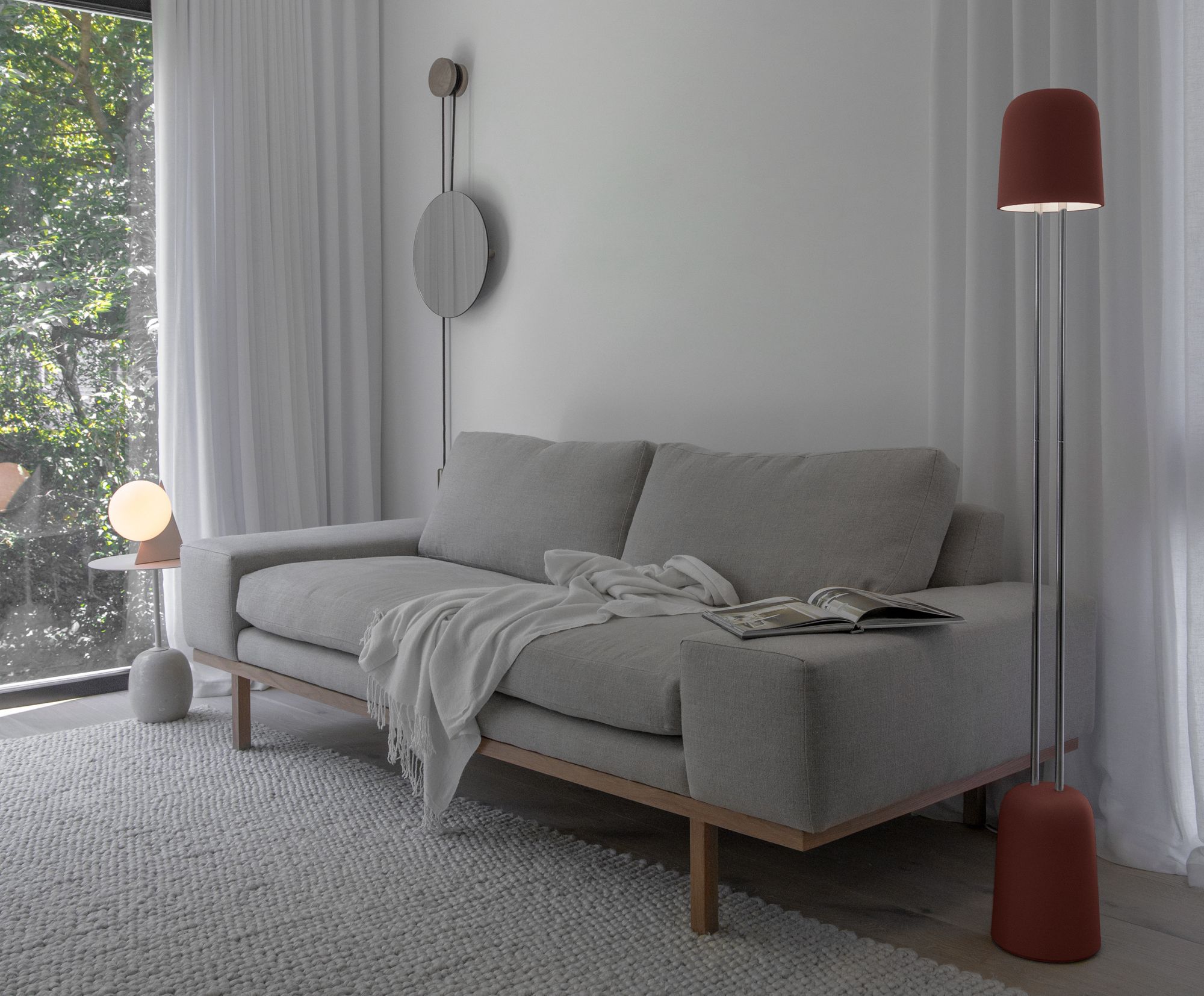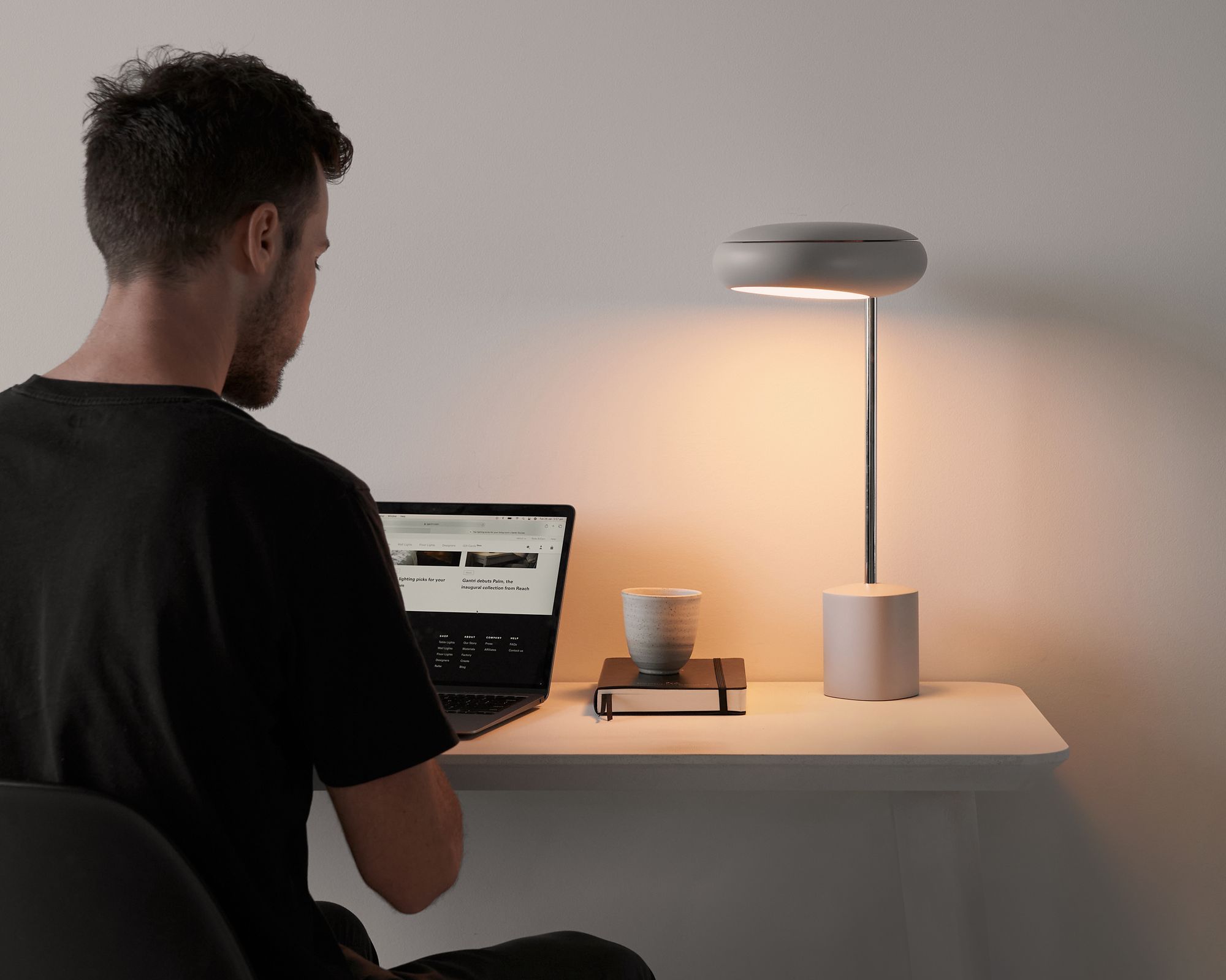How to layer your lighting
Creating the perfect mix of ambient, task and accent lighting 10068-md-sedona 10080-lg-forest 10066-sm-stone 10090-lg-carbon 10082-sm-carbon 10051-lg-coral 10079-lg-snow 10062-md-sedona


In the natural world, lighting guides our eyes, leading us seamlessly through our environment. To replicate this feeling in the home, we turn to layering light. A combination of ambient, task and accent lighting brings a room to life with a balance of design and functionality.
Why You Need Layers of Lighting
Before we can get into learning how to layer lighting, it is important to understand why layers of lighting are worth bothering with in the first place. The main purpose of layering lighting is to give you options.
With multiple light sources, you can switch up the mood at ease, create focused illumination, and protect your eyes from fatigue. By layering your lighting, you can smoothly transition a room from a bright work area during the day to a chic space for evening entertainment.
How to Layer Lighting of Different Types
The thing to remember about layering lighting, however, is that it only works if done right. If done wrong, it can make a room seem chaotic and garish. The trick, of course, is to understand to layer lighting which means getting a grip on the different types of lights you can use: ambient, task and accent.
Creating layers of lighting with ambient lights
Consider ambient light as the base of your home lighting. You can also see it as the foundation of your light layering endeavor. It should provide glare-free, general illumination throughout your space. Ambient lighting can begin with natural sunlight and be built upon via Floor, Wall, and Table Lights.
To establish how much light you’ll need in a room, it’s important to measure a bulb’s output of light. The best way to do this is with lumens – the total amount of visible light from a source. As a general rule, it takes around 20 lumens per square foot to create appropriate ambient lighting.
The average living room is 250 square feet. With this formula, a 250 square-foot room would require about 5,000 lumens from a combined variety of sources. However, we use layers of lighting so we don’t have to explode all those lumens altogether in a room. Here are the most common lighting tools to accomplish the perfect ambient light:
Natural Light Layering
Natural lighting from windows, sky lights, and atriums can provide effective, general lighting throughout the day. As opposed to common misconception, natural lighting can also be used to layer lights in a room.
Floor Light Layering:
Adding a fixture like Gio Floor Light or Palm Floor Light can create gentle, directed light that brings balanced height and varied illumination within your space.
Wall Light Layering:
Floating pieces like Signal Wall Light or Ember Wall Light can add soft, focused light with minimal footprint and maximum style.
Table Light Layering:
In combination with other light sources, the right Table Light can provide an ample glow for those dark corners missing an extra touch of decor. Try Arpeggio Table Light for ample yet soothing illumination.

Creating layers of lighting with task lights
Task lights in the home provide focused, bright illumination for areas where ambient lighting may need an extra boost. As the name suggests, Task lighting is there to help with specific tasks such as writing, reading, or desk work.
Below are three types of task lights you can choose from when layering your lighting:
Layers of lighting for work and detail:
A fixture that produces a clean, narrow beam like Suyo Table Light can focus on fine print and distinguish color.
Layers of lighting for computer work:
To reduce eye strain, a piece like Palm Task Light, the first ever light made for working from home, creates even diffusion for computer work and smooth contours to help keep productivity and wellness top of mind.
Layers of lighting for reading and relaxing:
A versatile light that can transition throughout your routine is best for your bedside or reading nook. Try Gio Task Light for custom illumination.
While you can use task and ambient lighting individually to layer lighting, they work particularly well together to create a well-lit space with both general and functional elements. To mix things up with a little more design, we call on accent lighting. For more on how task lighting can add to your space, check out our full blog post.
Creating layers of lighting with accent lights
Decor pieces, photos and architectural details can shine when lighting is used to highlight them. As a general rule, accent lighting should be three times brighter than the surrounding ambient lighting for the best effect.
While traditional accent lights often come and go with quickly changing trends, Gantri offers contemporary pieces with timeless aesthetics that will transition with you from style to style.
We consider accent lighting to fit into two categories – display lighting and illusion lighting:
Accent Layered Lighting:
Accent lighting is often used to draw attention to a particular object or area within your home. We call this display lighting. Adding a fixture like Orbit Table Light to a bookshelf can help illuminate a special award or tilting a Floor Light can highlight your favorite chair.
Illusion Layered Lighting:
If you are strategic about how you space, you can create some wonderful by using illusion lighting. If your living room doubles as an entertainment area and a workspace, placing a Floor Light near your couch on one side of the room and a Table Light atop the desk on the other side will create two zones, each illuminated by their own circle of light. To make your room appear larger, strategically placing Wall Lights can bounce light around the room, drawing the eyes upward. To learn more about accent lighting, check out our blog post deep dive.

Seeing the big picture from layering light
Understanding the importance and purpose of different types of lights such as ambient, task, and accent is the first step to layering lighting in your room. Combining all three of these light types into layers of lighting in any room can bring your space to life and create custom options for all your home activities. With the combined bonus of Gantri’s built-in dimmer switch, you can decide both the number of lights and their intensity for ultimate control.

